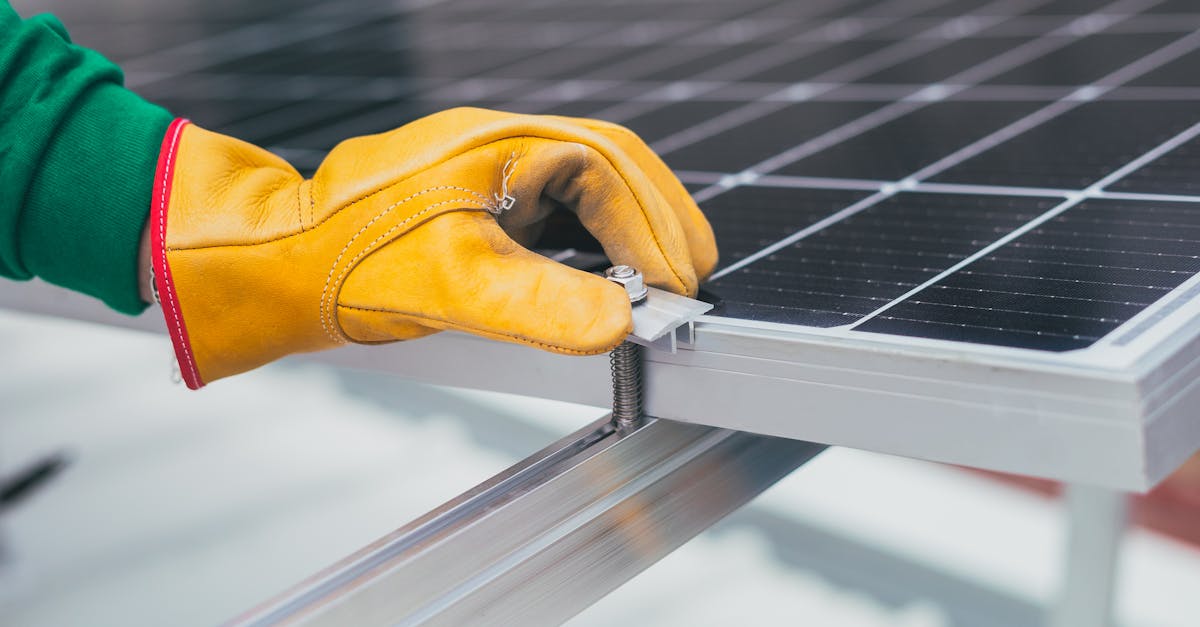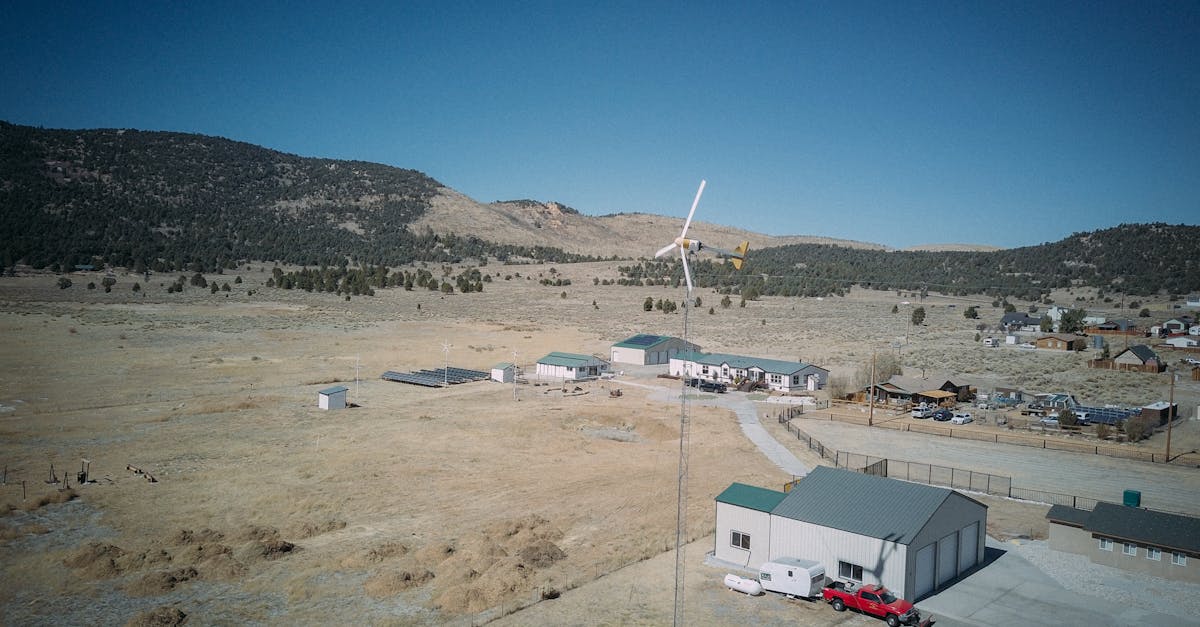
Table Of Contents
Designing Unique Planetary Conditions
Creating unique planetary conditions involves a careful selection of various elements that shape the environment of each planet. Temperature ranges, atmospheric composition, and surface conditions dictate how habitable these planets could be. For instance, a planet with a thick atmosphere may trap heat, resulting in a greenhouse effect conducive to life, while a planet with a thin atmosphere could have extremes in temperature. Designers must also consider geological features such as mountains, valleys, and oceans that contribute to the overall ecosystem.
Another vital aspect is the gravitational influence of nearby celestial bodies. The interaction between a planet and its moons, as well as its position relative to a sun-like star, impacts everything from tidal patterns to seasons. Thoughtful solar panel system design can reflect these dynamics by incorporating solar energy generation unique to each planet's conditions. Balancing these elements will ensure that the solar system stands out as a cohesive yet diverse entity, each planet exhibiting its own distinctive features.
Climate and Environmental Factors
The climate and environmental factors in a solar system play a crucial role in determining the viability of each planet. Factors such as temperature, atmospheric composition, and the presence of liquid water significantly influence the potential for life and the development of ecosystems. In designing your own solar system, consider how these factors interact to create diverse habitats. For example, a planet too close to the sun may experience extreme heat, while one too far may be too cold to support life.
In addition, the elements necessary for a sustainable Solar Panel System Design must also be evaluated. Effective energy utilisation will depend on a planet's position relative to its star, its rotational and orbital dynamics, and local environmental conditions. A carefully balanced climate can foster innovation and energy efficiency, ultimately enhancing the long-term sustainability of your solar system’s inhabitants and technology.
Incorporating Moons and Other Celestial Bodies
Designing a solar system goes beyond just creating planets; incorporating moons and other celestial bodies is essential. Moons can significantly influence the gravitational dynamics of a planet, affecting tides and even the planet's rotation. When thinking about your solar panel system design, consider how moons might interact with the planets. Their presence can create unique phenomena, such as eclipses and varying phases, which add complexity to your system.
Beyond moons, adding features like asteroids or comets enriches the narrative of your solar system. Asteroids can serve as resources for potential future exploration, while comets introduce the idea of transient objects traversing the system. In a well-thought-out solar panel system design, these elements contribute to the overall stability and character of the celestial environment. Their inclusion can spark imagination and bring lively dynamics to your planetary creation.
The Importance of Satellites in Solar Systems
Satellites play a crucial role in the functioning and balance of any solar system. They exert gravitational influences that can stabilise the orbits of planets, contributing to a harmonious celestial arrangement. In designing your own solar system, considering the placement and characteristics of these moons is vital. Their size, distance, and orbital patterns can affect the conditions on nearby planets, including their climate and potential for life.
In addition to the gravitational effects, satellites can enhance the visual appeal of your solar system. The aesthetic aspect becomes particularly significant when integrating elements such as rings or unique surface features. Just like in Solar Panel System Design, where the arrangement optimises energy capture, the positioning of moons and other celestial bodies can enhance the overall beauty and functionality of your solar system. Each addition creates a more complex and engaging environment, inviting exploration and discovery.
The Aesthetic Aspect of Your Solar System
Crafting the visual appeal of your solar system adds a layer of creativity to your design process. Each celestial body can be styled with unique colours and textures that reflect their individual characteristics. The vibrant hues of planets can evoke different emotions and atmospheres, facilitating a more immersive experience for anyone exploring your creation. Incorporating diverse features, like rings or varying surface patterns, can enhance the visual interest while offering insight into the geological and atmospheric traits of each planet.
Artistic elements play a crucial role in portraying your solar panel system design in an engaging manner. Consider adding intricate details to each planet, such as cloud formations or auroras that contribute to their dynamic appearance. The layout of your solar system can also influence its overall aesthetic, with orbit patterns and spacing creating striking visual lines. Incorporating an imaginative backdrop featuring stars, nebulae, or other cosmic elements will elevate the entire visual experience, inviting curiosity and wonder about the universe you’ve constructed.
Visualising Your Design with Artistic Elements
Creating a visually stunning solar system involves a blend of imagination and artistic expression. One can envision vibrant colour palettes representing different planets, each with unique textures and atmospheres. The design could incorporate swirling gaseous giants adorned with dazzling storm patterns, juxtaposed against rocky terrestrial worlds that feature mountainous landscapes and deep blue oceans. Adding artistic representations of celestial bodies enhances the overall aesthetics and creates an immersive experience.
In addition to planetary designs, integrating elements like asteroid belts, comets, and even fictional moon features lends depth to the universe. This not only beautifies the solar system but also serves to educate viewers about the diverse components found in real astronomical settings. By infusing your creation with imaginative touches, you foster a deeper appreciation for the complexities of a Solar Panel System Design, allowing observers to connect emotionally and intellectually with the vastness of space.
FAQS
Is it really possible to design my own solar system?
While you cannot create a physical solar system, you can certainly conceptualise one by determining factors like the number of planets, their orbits, and unique environmental conditions.
What factors should I consider when designing my solar system?
Key factors to consider include planetary conditions, climate and environmental factors, the presence of moons and other celestial bodies, and the overall aesthetic elements of your design.
How can I incorporate moons into my solar system design?
Moons can be added by deciding the number of moons each planet will have, their sizes, orbits, and the impact they may have on the planet’s environment and tides.
Why are satellites important in a solar system design?
Satellites play a significant role in a solar system as they can influence a planet’s climate, stabilise its rotation, and even contribute to its geological activity.
What artistic elements can enhance the visualisation of my solar system?
Artistic elements such as colour schemes, textures of planets, and the arrangement of celestial bodies can greatly enhance the visual appeal and uniqueness of your solar system design.


